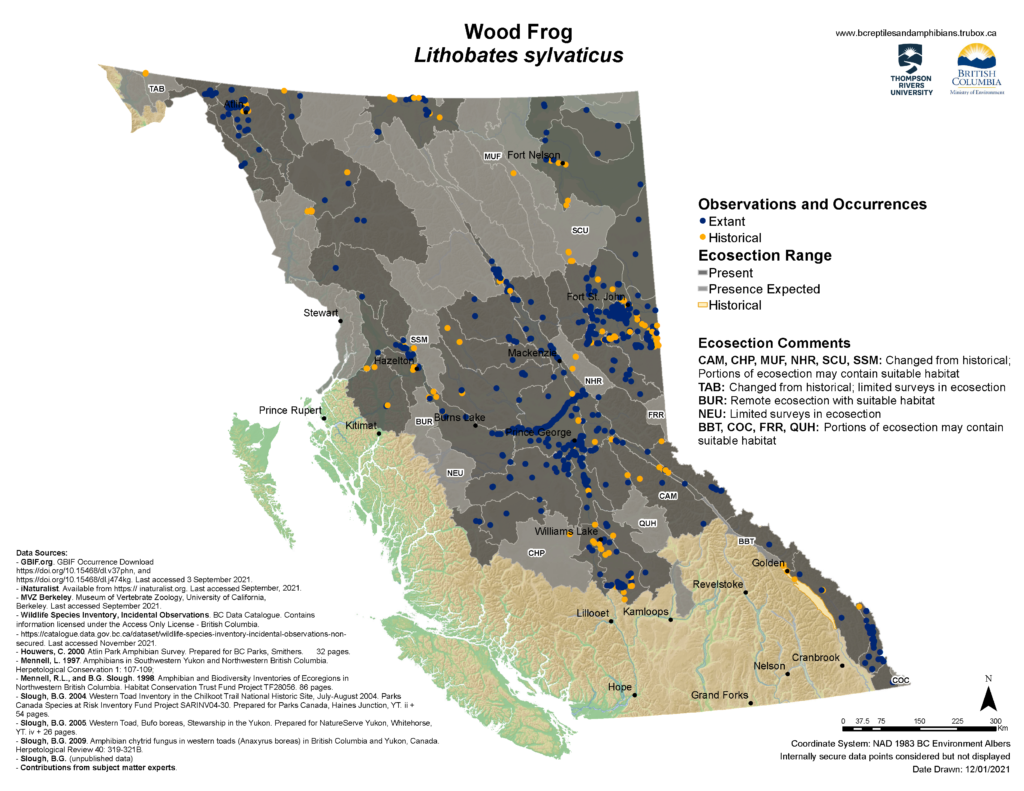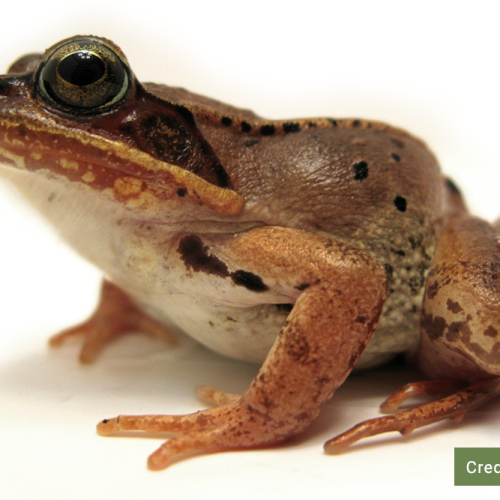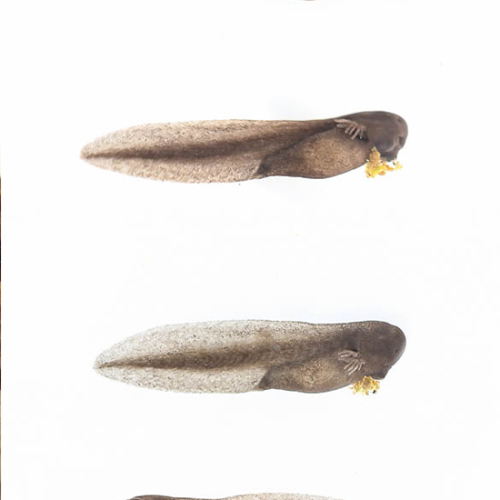Credit: Dave Huth
Wood Frog
Lithobates sylvaticus
Description
Other names: Rana sylvatica, Northern Wood Frog
The Wood Frog is a medium-sized frog reaching up to 8 cm in body length. They range from reddish, tan, or dark brown with a white upper lip stripe and a dark mask that stops abruptly behind the tympanumDefinition:The ear opening in many amphibians, reptiles, and insect. In amphibians, it is normally covered by a circular membrane.. Wood Frogs have a dark blotch on the chest near each front leg, and some may have a light line down the back. The belly is white and may have some dark mottling. Wood Frogs also have prominent dorsolateral foldsDefinition:Visible raised ridges of skin that run down part of all of the length of the back, usually on the sides. and their toes are not fully webbed. During the breeding season, males will have a swollen thumbpad and two throat pouches that will inflate as they call. Wood Frog tadpoles are dark gray to dark brown all over with a faint, light stripe along the upper jaw and a light-coloured belly. Tadpoles can reach up to 6.5 cm in length before metamorphosis.
Listen to the Indigenous words for “frog” here!
Wood Frog Call
The Wood Frog call consists of a burst of short ‘quacks’, sounding like a small duck.
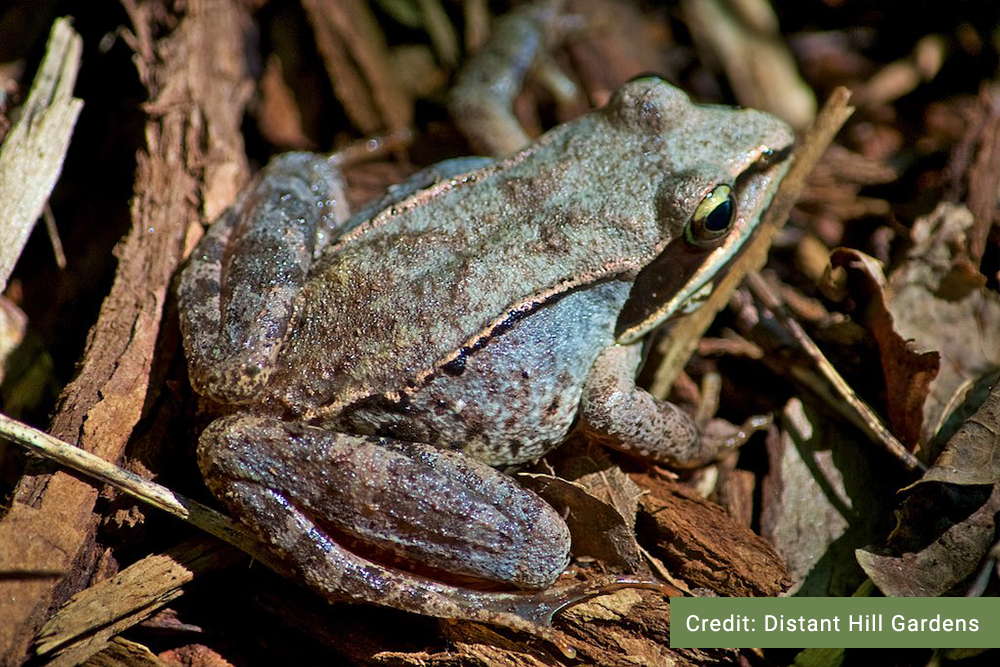
Wood Frog Call
The Wood Frog call consists of a burst of short ‘quacks’, sounding like a small duck.
Distribution
Habitat
Reproduction
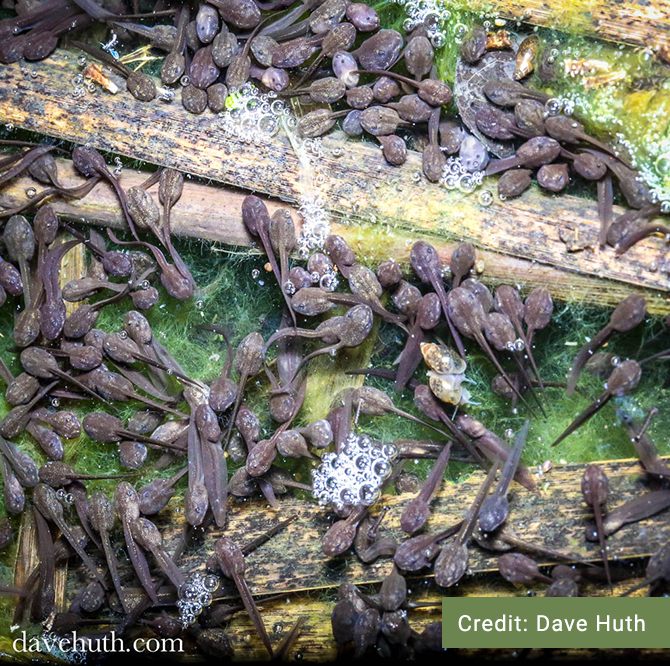
Diet
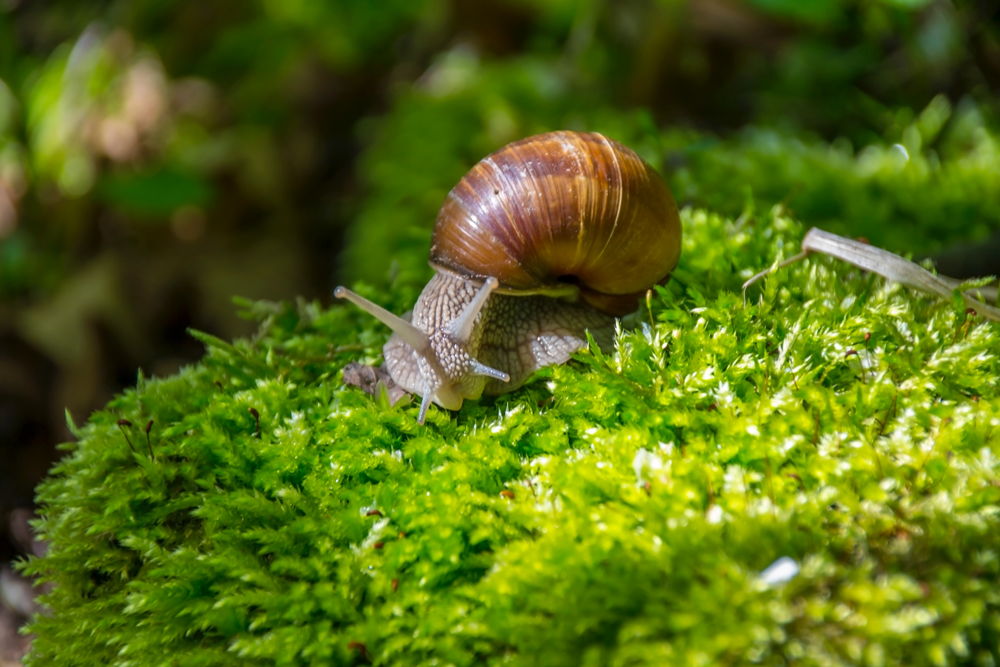
Conservation Status
Global: G5 (2016)
Provincial: S4S5 (2016)
BC List: Yellow
Learn more about conservation status rankings here
Threats

Did You Know?
Fact #1
Fact #2
Fact #3
Species Account Author: Marcus Atkins
Available:https://a100.gov.bc.ca/pub/eswp/ (accessed May 25, 2021).
B.C. Conservation Data Centre. 2010. Species Summary: Lithobates sylvaticus. B.C. Minist. of Environment.
Available:https://a100.gov.bc.ca/pub/eswp/ (accessed May 25, 2021).
Govindarajulu et al. 2013. Batrachochytrium dendrobatidis surveillance in British Columbia 2008-2009, Canada. 5pp.
Matsuda, Brent, David M. Green, and Patrick T. Gregory. 2006. Amphibians and Reptiles of British Columbia. Handbook. Royal BC Museum, Victoria.
http://canadianherpetology.ca/species/species_page.html?cname=Wood%20Frog
http://linnet.geog.ubc.ca/efauna/Atlas/Atlas.aspx?sciname=Lithobates%20sylvaticus
http://a100.gov.bc.ca/pub/eirs/finishDownloadDocument.do?subdocumentId=1466

